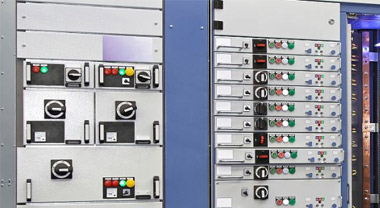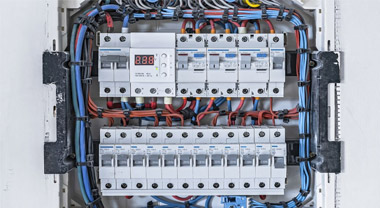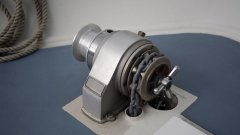Can you replace a circuit breaker without turning off the main breaker?
In this comprehensive guide, we'll explore whether it's possible to replace a circuit breaker without turning off the main breaker, the risks involved, and the recommended safety procedures to follow when working with electrical systems. Let's dive right in!
Table of Contents
- Why Replace a Circuit Breaker?
- Replacing a Circuit Breaker Without Turning Off the Main Breaker: Is It Possible?
- Risks and Dangers of Not Turning Off the Main Breaker
- Recommended Safety Procedures for Replacing a Circuit Breaker
- Step-by-Step Guide to Safely Replace a Circuit Breaker
- Summary
1. Why Replace a Circuit Breaker?
Circuit breakers are essential components in electrical systems, designed to protect your home or business from electrical overload and short circuits. Over time, circuit breakers can wear out, malfunction, or become damaged, requiring replacement to ensure the continued safety and efficiency of your electrical system.
2. Replacing a Circuit Breaker Without Turning Off the Main Breaker: Is It Possible?
Technically, it is possible to replace a circuit breaker without turning off the main breaker. However, doing so exposes you to a significant risk of electrical shock, injury, or even death. For this reason, professional electricians and safety experts strongly recommend turning off the main breaker before attempting any work on electrical panels.
3. Risks and Dangers of Not Turning Off the Main Breaker
Not turning off the main breaker before replacing a circuit breaker poses several risks and dangers:
- Electrical shock: Touching live wires or components can cause a potentially lethal electrical shock.
- Electrical burns: Coming into contact with live wires can lead to severe electrical burns.
- Electrical fires: Accidental short circuits while working on a live panel can cause electrical fires.
- Damage to electrical components: Working with live wires can cause unintentional damage to other electrical components in the panel.
4. Recommended Safety Procedures for Replacing a Circuit Breaker
Follow these safety procedures when working on electrical panels:
- Turn off the main breaker to de-energize the panel and reduce the risk of electrical shock.
- Use a non-contact voltage tester to confirm that the panel and circuit breakers are de-energized before working on them.
- Wear insulated gloves and eye protection to minimize the risk of injury.
- Use insulated tools specifically designed for electrical work.
- If you're unsure about any aspect of the procedure or your ability to work safely with electricity, consult a licensed electrician.
5. Step-by-Step Guide to Safely Replace a Circuit Breaker
Follow these steps to safely replace a circuit breaker:
- Turn off the main breaker and use a voltage tester to confirm the panel is de-energized.
- Remove the panel cover to access the circuit breakers.
- Identify the faulty or damaged circuit breaker that needs replacement.
- Take note of the circuit breaker's amperage rating and type. Ensure you have a compatible replacement circuit breaker.
- Wearing insulated gloves and using insulated tools, carefully disconnect the wire connected to the circuit breaker by loosening the screw terminal.
- Remove the faulty circuit breaker from the panel by gently prying or unclipping it from the mounting rail.
- Install the new circuit breaker by snapping or clipping it into place on the mounting rail.
- Reconnect the wire to the new circuit breaker and tighten the screw terminal securely.
- Double-check all connections and ensure everything is secure and in place.
- Replace the panel cover and turn the main breaker back on.
- Test the new circuit breaker by turning it on and off to ensure it is functioning correctly.
6. Summary
While it is possible to replace a circuit breaker without turning off the main breaker, doing so is highly dangerous and not recommended. Always prioritize safety by turning off the main breaker and following proper safety procedures when working on electrical panels. If you're unsure about any aspect of the process or feel uncomfortable working with electricity, consult a licensed electrician to replace the circuit breaker for you.




